Taxes on different forms of personal income provide the biggest source of revenue for government. In 2024-25 we forecast National Insurance contributions (NICs) to raise £168.1 billion. That represents 14.8 per cent of all receipts and is equivalent to around £5,800 per household and 6 per cent of national income.
The main reason that NICs are the second-biggest source of revenue (after income tax) is that personal income makes up the majority of total national income. NICs are only levied on the labour income (the wages and salaries of employees and earnings of the self-employed) element of personal income. Different types of NICs are paid by employees, employers and the self-employed If an individual is still employed, then employers NICs will still be due.
NICs revenue is collected in a variety of different ways:
- For the majority of employees, it is paid via the pay-as-you-earn (PAYE) system and is known as ‘Class 1’ NICs (including the Class 1A/1B element paid by employers). The amount of NICs to be paid is calculated by the employer and transferred directly to the tax authorities (HMRC). This is also known as being ‘deducted at source’. It means the individual does not need to deal directly with HMRC and that the tax is paid promptly.
- For the self-employed, it is paid via the self-assessment (SA) system. This is mostly Class 4 NICs, which is related to self-employed earnings above a certain threshold, but a small amount is the flat-rate Class 2 NICs which also covers some self-employed people with lower incomes (this class of NICs was made voluntary in Autumn Statement 2023). The amount of tax to be paid is calculated by the individual and declared on a tax return sent to HMRC. Tax returns and associated payments are completed after the tax-year has ended – in most cases in the following January.
- Other smaller sources of NICs include Class 3 (voluntary payments for those wishing to add to their NICs record), statutory payment deductions (mostly related to statutory maternity pay), personal pension rebates, state scheme premiums, investigation settlements and repayments.
For most employees income tax is also deducted at source, while the self-employed pay income tax via SA.
NIC receipts are, unlike most taxes, paid into the National Insurance Fund and are notionally used to pay for the state pension and other contributory benefits, where an individual’s past payment record has some influence on the size of payments they receive. A small amount is notionally directed to the NHS, although this only makes up a small proportion of NHS funding. As such, in some presentations of receipts, NICs are counted as ‘social contributions’ rather than taxes.
